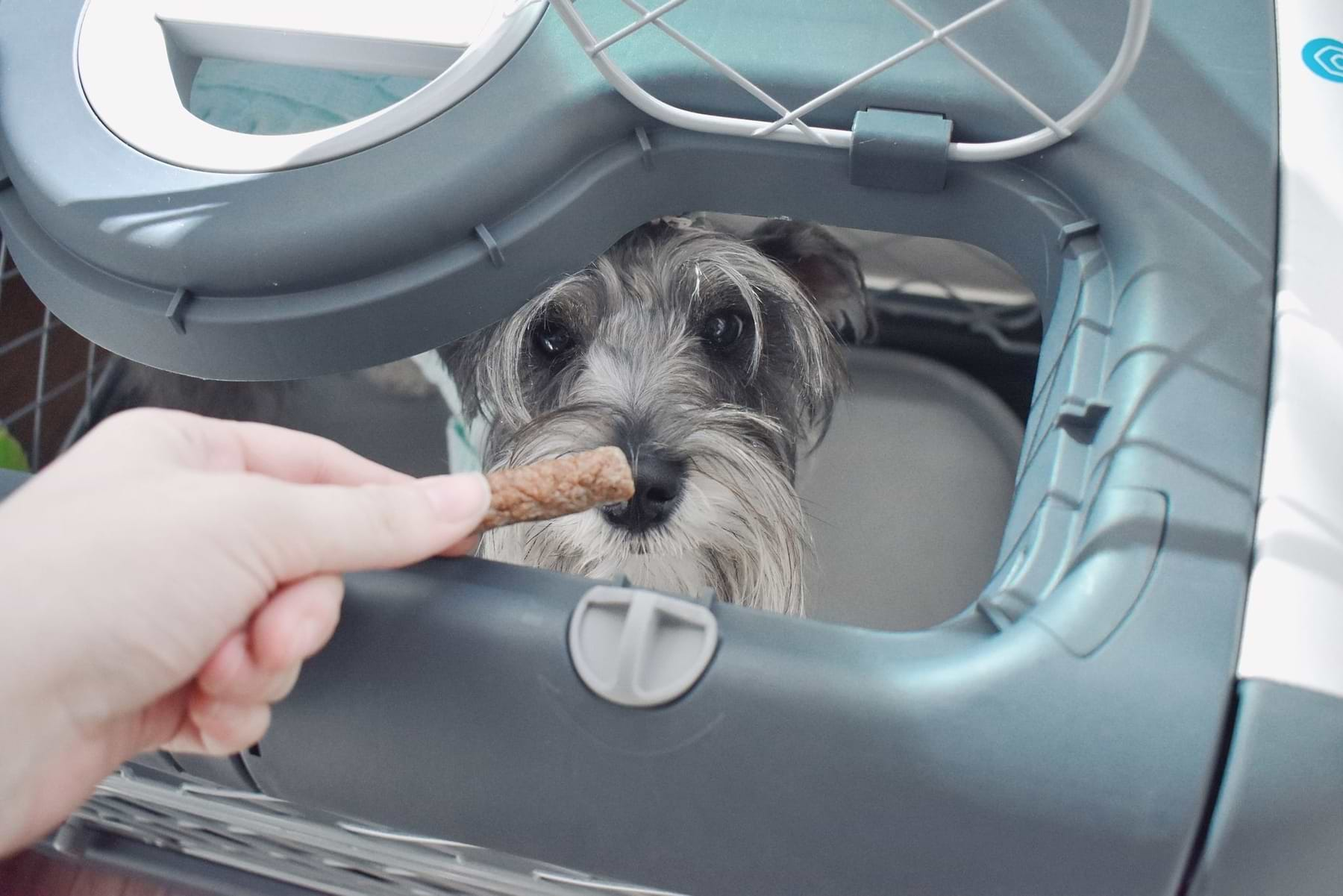As a new puppy parent, you want to do everything you can to keep your furbaby safe. Safety is an important component of responsible pet parenthood! So, how can you know what is safest? While we can’t wrap our pets in bubble wrap and keep an eye on them 100% of the time, there are still lots of things you can do to minimize risk and make your life as puppy-proofed as possible.
What does “puppy-safe” mean?
A puppy-safe lifestyle is a balance of supervision, great training, and reliable products. We consider something “puppy-safe” when it is designed with your pet’s safety in mind. This applies to products, training practices, and even your overall lifestyle as a pet parent.
At Diggs, we approach everything from product designs to customer interactions with a safety-first mindset. However, remember that no product is truly indestructible and no environment is 100% hazard-free. Puppies are stronger than they look! Those big paws, sharp teeth, and inquisitive minds can get into trouble pretty quickly if you don’t keep an eye on them.
What are some puppy-safe best practices?
Now that we’ve covered the basics of what it means to be puppy-safe, let’s see how you can put the principles into action! These are a few best practices to keep in mind:
1. Do research
Before you get your pup, it’s helpful to spend some time learning about pet safety. We promise, it’s more exciting than other kinds of homework! There is so much to learn, especially if you are a first-time dog parent. Being proactive and taking time to study up on safety will help you feel prepared once your pup arrives––and you’ll have more time for snuggles and fetch! There are tons of great resources online. Here are some of our other blog posts about safety to help you get started.
2. Supervise your pup
It is always important to keep an eye on your dog, and it is especially essential for young puppies. Accidents are more likely to happen when you’re not paying attention! The Association of Professional Dog Trainers (APDT) notes that “a crate can provide a safe haven for your dog when you need to be away from the house, or are too busy to supervise your dog.” Even if you can’t watch your pup like a hawk 24/7 (although we wish we could!), stay tuned in to see if they need anything. Always keep an eye and an ear out for whining, crying, or even suspicious silence. Dogs are very communicative! Even though they can’t talk, they will tell you if they need something.
3. Be patient
One of the most common misconceptions about pet parenting is that training is a quick process. For most pets, the training process takes place around the clock and over many weeks. APDT recommends that you “always reward your dog for doing something right and use patience when demonstrating a desired behavior. If your dog still seems to have trouble learning something new, think about how you’ve been teaching the dog from the ‘dog’s point of view.’” Every day, your growing puppy is learning more about the world and how they can interact with it, so be patient with them. We recommend that you avoid rushing into anything too soon, especially unsupervised crate time. It’s safest to take your time and wait until you are certain that your pup is fully prepared before moving on to any new steps.
4. Be proactive
Hey, at the end of the day, puppies are little animals! They might be a bit rambunctious (but they’re so worth the hassle!) Consider your lifestyle, your home, and your pup’s personality. What might be potential safety concerns? For example, if your dog is particularly prone to chewing, you might want to take extra precautions and make sure to select durable pet products and move loose objects around your home. Thinking ahead will set your pup up for safety and success!
How can I create a puppy-safe environment?
It is important to give your puppy a safe, welcoming place that is their own in your home. According to The Center For Pet Safety, pet parents should “make sure your pet has its own place of comfort where it can rest, relax and feel secure. For dogs, for instance, crate training and acclimation is essential from day one to make home containment a much easier experience.” Usually a crate and a bed or a crate pad, this special puppy-safe zone can be your dog’s place to go whenever they need a break.
However, a fully puppy-safe environment extends beyond the designated puppy zone. You’ll want to think about how to puppy-proof the rest of your home, too. This process will be different for every family, and that’s okay! Some choose to gate off a portion of their home; others decide to let their pups roam free. In any room that your pup has access to, it’s important to conduct a puppy-proofing audit. To do so, think like a pup! Puppies are naturally curious and love to explore and investigate. Where might they wander? Are there objects within reach that look tempting to chew? Are there crevices they might wiggle into and get stuck? Be sure to remove potential hazards and address dangers before they can cause an issue.
How do I find puppy-safe products?
When shopping for pet supplies, you have a ton of options. However, not all pet products are created equal! Some products are specially designed with puppy safety in mind. This could mean the product is a different size, is made with special materials, or has a unique overall design.
You’ll want to look for products that are free of toxins, durable, and appropriately sized for puppies. The Humane Society encourages pet parents to “be sure to buy toys of appropriate size for your dog. Toys that are too small can easily be swallowed or become lodged in your dog's throat.” The Center For Pet Safety has also conducted amazing research and testing on pet products, especially in terms of travel safety. You can learn more about their findings here.
It’s also important to be aware that what works for one puppy might not work for another. Keep your puppy’s breed, size, and personality in mind when shopping for supplies. If your puppy tends to chew, tug, or dig a lot, you might want to look for extra durable products. Check out the AKC guide to choosing safe dog toys here.
As with anything pet-related, it’s best to err on the side of caution and check with your vet if you have any concerns! Your vet knows your pup’s specific health needs and can provide specialized recommendations.
We want to help you make smart choices and be the best pet parent you can be! If you have any questions about pet safety or anything else pet parenting-related, please don’t hesitate to reach out.

The Diggs Team
We believe our dogs deserve safer, better designed pet products.
You might also like
Crate training tips, stories and inspiration
View all blogsIn Your Diggs
Share your photos with #DiggsPet and tag us @DiggsPet on IG and TikTok.



